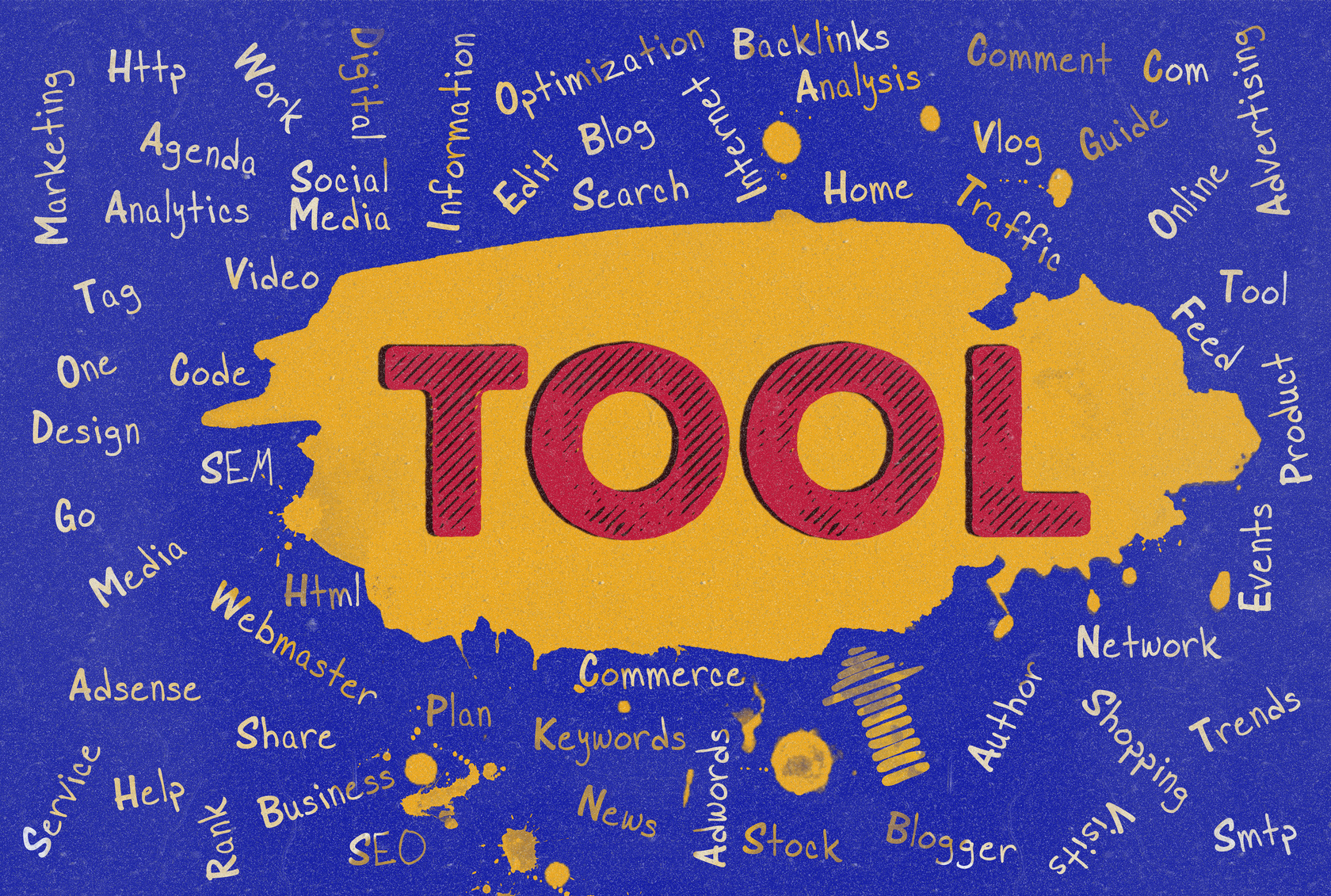
When it comes to inventory for your eCommerce business, you need to be as organized as possible.
There are eCommerce tools out there to help you with this. And they aren’t that hard to implement.
But a full 46% of small businesses do not even track inventory.
This is an utterly mind-blowing statistic.
Not tracking your inventory is akin to not watching your personal bank account. You could suddenly be out of stock and have customers breathing hellfire on you.
But we’re going to show you how it’s great to both be on the 54% side of that stat, and use inventory management eCommerce tools.
These tools are categorized under inventory management. And they are extremely important to getting your business to the most streamlined point possible.
This is a multiple tool category. And it comprises things that will make handling your business inventory easier and, well, manageable.
1. The Objectives Of Inventory Management eCommerce Tools
Inventory management fulfills several roles in a company. And you would probably want to know what the objectives are in using these eCommerce tools.
Minimize Stuck Capital Investment
According to statistics, inventory along with accounts receivable and payable represent 7% of the U.S. GDP or 1.1 trillion dollars in cash.
That’s a whole lot of stock capital investment. And how many of those businesses just don’t even know how much stock they even have.
The goal of eCommerce tools is to estimate the actual demand so that your stock matches. This would eliminate excessive stocking.
Uninterrupted Production
This ensures enough timely supply of raw materials if you’re manufacturing.
Therefore, if you are doing your manufacturing yourself, some of these eCommerce tools could help you never run out of manufacturing material.
Know Exactly How Much Stock Is Buffer
When you have inventory, you don’t want to run out. But you still want to eliminate waste.
There is a fine balance to this, and if you let a machine help you figure it our, you’ll be more likely to achieve this balance.
Multiple Warehouse Tracking
You want to make sure stock is flowing properly between warehouses. eCommerce tools for Inventory management are there to make sure this happens.
Something You Might Not Have Realized About Inventory Management
They Are Perfect For Small Businesses
Just because you don’t have a massive warehouse with robots working for you. This doesn’t mean you can’t use the eCommerce tools available to you.
There are tons of options out there. Management systems for eCommerce can be cheaper. But these options are often time-consuming.
Other options might require a little bit more capital investment, but the time and money you save in the long run will ultimately balance it out.
The best solution for you will depend on how you fulfill items.
Do you drop ship already? Or are you using your home or a storage garage or warehouse?
Depending on this, you will need a more complex or less complex solution.
Inventory Management For Small To Medium Businesses
When you’re storing your own inventory, there are a lot of variables you have to pay attention to.
You will have to maintain balanced inventory quantity.
There is a minimum level you should have in your space all the time.
If it drops below this amount, you have to order more.
It seems like common sense, and it is. But it still works.
On the other side, like we talked about before, you have to make sure you don’t have too much inventory.
Forecasting Your Demand With Inventory Management eCommerce Tools
You don’t really have to worry about this too much if you’re dropshipping.
But this is more important for those who store their own inventory.
Let’s look at the process you would go through if you wanted to use these tools.
If you don’t have the software doing this for you, this is what it entails.
You have to determine a period that you’re going to “forecast.”
You might choose a week, a month, half a year, a year.
Most start with 1-3 months just like a personal budget timeframe.
Always re-check your numbers.
You will then have to compare it to your past sales history.
This really only works if you’ve been open for at least a year. You should have 4 quarters of data at least.
This is your base demand. It’s a starting point for how much inventory you should order.
Also, look at your marketing plan. Compare that to your base demand and inventory predictions.
Google Trends is a great free tool for determining the demand for a product.
Are you already seeing how inventory management eCommerce tools could lighten your load?
Determining Your Minimum Stock Levels Will Be Easier
You know your sales predictions.
Now it’s time to determine minimum stock levels (MSLs).
You don’t want to have too much stock that you’re tying up capital and putting it at risk for loss.
But you want to hit that Goldilocks zone of inventory to satisfy demand.
You need to have at least five days of stock on hand at a time.
You can determine this by going back to your forecasted demand.
It takes some math.
The number of days we just mentioned (5) were based on the number big companies use. If you can do with less or you need more days, don’t feel bound by our numbers.
This is just to show you how much work this takes and how much would be relieved by Inventory Management.
Centralize Your Inventory Management
Especially if you have multiple marketplaces, you want one system.
It’s really important you do this for you own sense of self and sanity.
You’ve seen part of what it entails to keep a balanced inventory and not lose track.
Having a system on hand to keep track for you and letting it do the leg work for you will give you real peace of mind.
There are a lot out there. And they each do something different.
Do your research and find out what fits you best.
If you have a great inventory management system working for you, let us know in the comments below.


